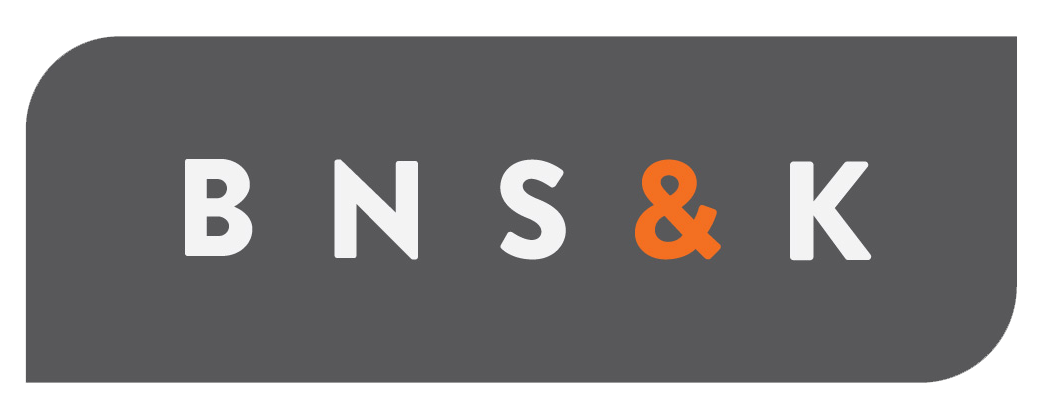Award of Costs For Exhibits Not Used at Trial Subject to Court’s Discretion
Under CCP § 1033.5(a)(13) costs for “models, the enlargement of exhibits and photocopies of exhibits, and the electronic presentation of exhibits, including costs of rental equipment and electronic formatting, may be allowed if they were reasonably helpful to aid the trier of fact.” The California Supreme Court recently granted review to resolve a conflict in the lower courts as to whether those costs are permitted, even if the exhibits or demonstrative aids were not used in trial.
The parties in Segal v. ASICS America Corporation tried their case for fraud and the jury entered a verdict in favor of the defendants. The defendants filed a memorandum of costs which Plaintiffs moved to tax. Plaintiffs specifically challenged the costs for preparing exhibits, exhibit binders, and closing argument demonstratives that were not used at trial. The trial court granted the motion in part, but permitted the costs at issue here. The Court of Appeal affirmed, disagreeing with two prior decisions – Seever v. Copley Press, Inc. (2006) 141 Cal.App.4th 1550 and Ladas v. Superior Court (1993) 19 Cal.App.4th 761 – and holding the costs permissible under subdivision (a)(13). The Court of Appeal also held the costs permissible with the trial courts discretion under subdivision (c)(4). While inconsistent with Seever and Ladas, the Court of Appeal’s decision consistently applied Benach v. County of Los Angeles (2007) 149 Cal.App.4th 836 and Applegate v. St. Francis Lutheran Church (1994) 23 Cal.App.4th 361.
In review, the Supreme Court noted that Section 1033.5(a) expressly describes certain items “allowable as costs.” In contrast, subdivision (b) describes costs prohibited from recovery, “except when expressly authorized by law.” And for any costs “not mentioned in this section and items assessed upon application,” such costs were subject to the court’s decision under subdivision (c)(4). Regardless of whether the costs are permitted or discretionary, they must also be “reasonably necessary to conduct the litigation rather than merely convenient or beneficial to its preparation,” and “reasonable in amount.” (Section 1033.5(c)(2) and (c)(3).)
The Ladas court refused to permit costs for exhibits not used at trial, because by not being used, they could not have been “reasonably helpful to aid the trier of fact.” The Applegate court on the other hand, reasoned that although the exhibits were not actually used, it would be inequitable to deny costs when the attorney was acting prudently to prepare for trial, and the reason the exhibits were not used was because the defendant dismissed the case the day of trial. The Seever court agreed with the Ladas court, and further held that by limiting permissible costs to exhibits that aided the trier of fact, the court had no discretion to award the costs otherwise. However, the Benach court also sided with Applegate for the same reasons expressed there, after the decision in Seever was made.
In its analysis, the Supreme Court held that exhibits not used in trial were prohibited as costs by the face of the statutory language of subdivision (a)(13). Exhibits could only be reasonably helpful to the trier of fact if they were used in trial. But while the Court refused to permit costs for exhibits not used in trial under subdivision (a)(13), the Court held that those costs could still be awarded under subdivision (c)(4) if “reasonably necessary to the conduct of the litigation rather than merely convenient or beneficial to its preparation.” The Court rejected the Plaintiff’s argument that any costs not expressly permitted under subdivision (a) and expressly prohibited under subdivision (b), were as a result implicitly prohibited from recovery.
Since the Court of Appeal affirmed the costs award, albiet under a separate subdivision, the Supreme Court affirmed its ruling nonetheless as the result was the same.
(Segal, et al. v. ASICS America Corp., et al., 2022 WL 120960.)
